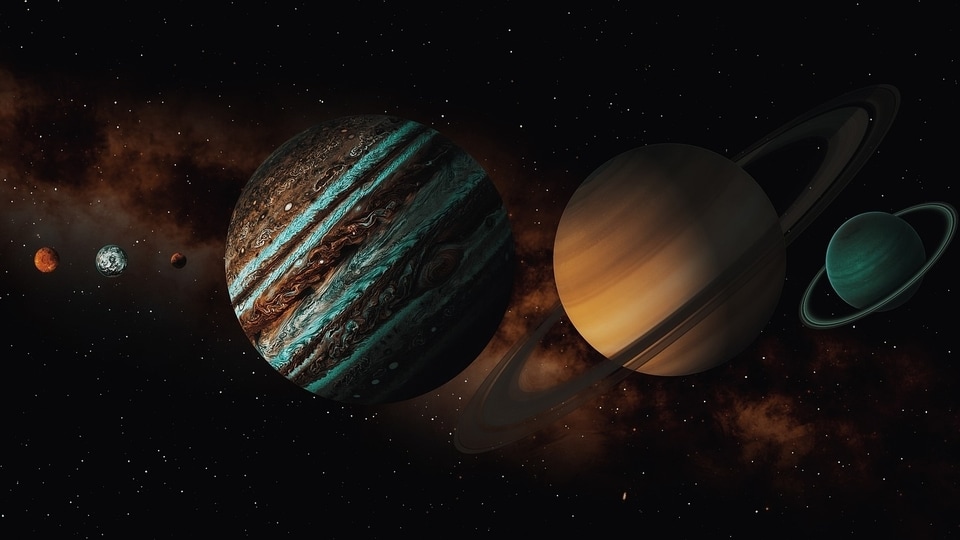
On Tuesday morning, skywatchers in North America and parts of South America will see Mercury, Mars, and Venus.
On Tuesday (January 9), a thin crescent moon with less than 5% illumination will appear in the sky alongside three of our planet’s closest solar system neighbors. Venus, out of the three planets, will be the brightest during the morning twilight.
Mars will be less visible, requiring binoculars to see near the horizon in the morning. Meanwhile, Mercury will appear bright at around magnitude zero.
See the moon meet up with Mercury, Venus, and Mars in the early morning sky on Jan. 9
In areas with low light pollution, the horizon could be seen unobstructed. At such locations, one can observe this gathering of planets without the use of an optical aid.
Venus would be the first to rise, approximately 2.5 hours before sunrise. To find the evening star, look for a brightly shining pale yellow planet in the early morning sky to the southeast.
Mercury will rise approximately one hour after Venus, appearing to the moon’s left. Mars will appear above the horizon about half an hour before sunrise.
Mercury reached its highest point in the morning sky on Monday (January 8), rising about 16 degrees above the southeastern horizon.
On the same day, the innermost planet reached its greatest elongation from the Sun. For skywatchers, it is an excellent opportunity to see the elusive planet, which only appears for a few weeks each year during its greatest elongation.
Furthermore, Mars, like Mercury, is elusive this time of year because it does not rise above the horizon. Even on Tuesday (January 9), the red planet will be less than ten degrees above the horizon, making it difficult to see.
Venus, on the other hand, will be a bright spot in the morning sky until it fades from the southern latitudes of the Northern Hemisphere in May 2024. It will return as an evening apparition in June 2024.
When using binoculars or a telescope to observe the trio of planets alongside Earth’s Moon, never look directly at the rising sun with an optical aid or your naked eye.
The planets will appear near where the sun will be rising. To avoid eye damage, check the sunrise times in your area.
